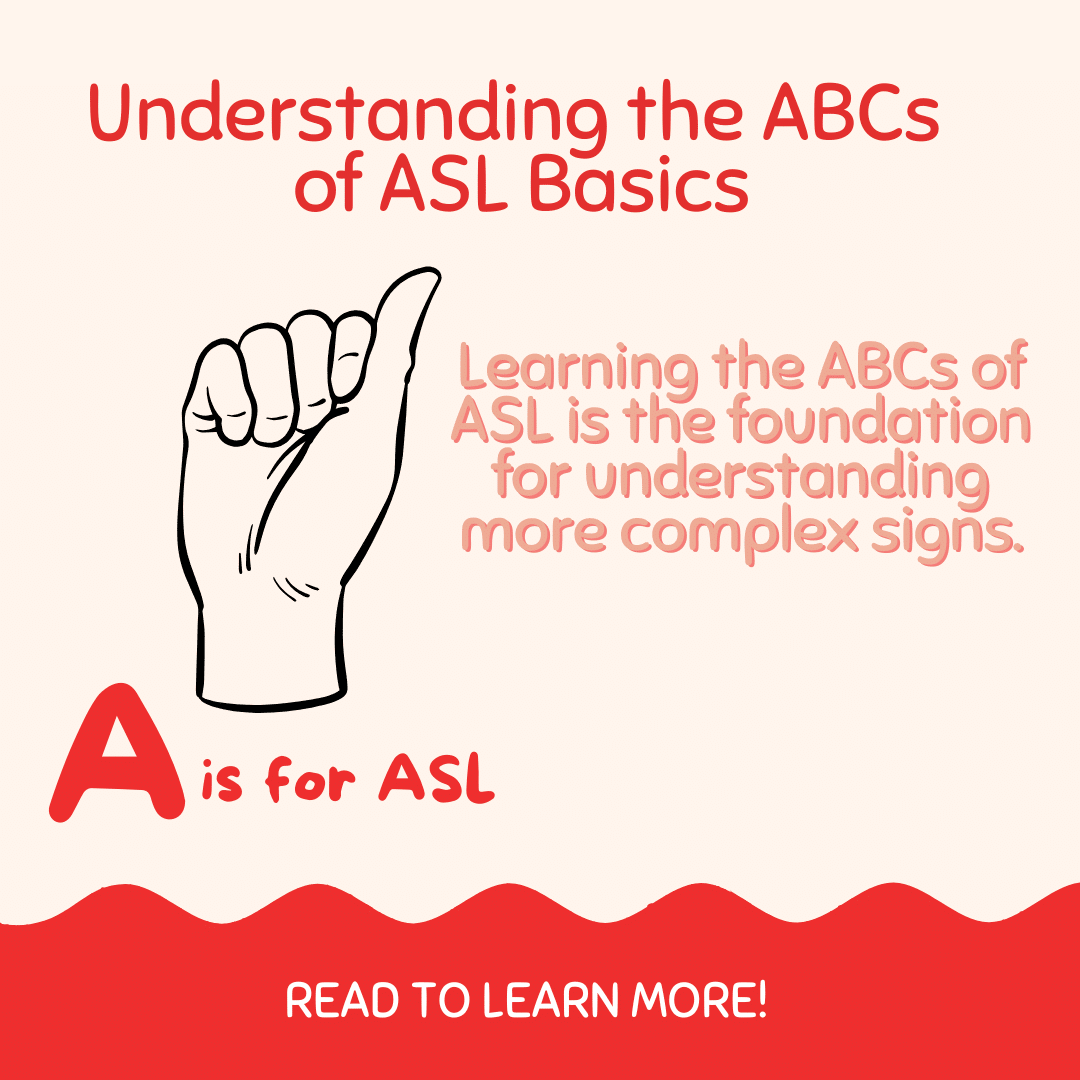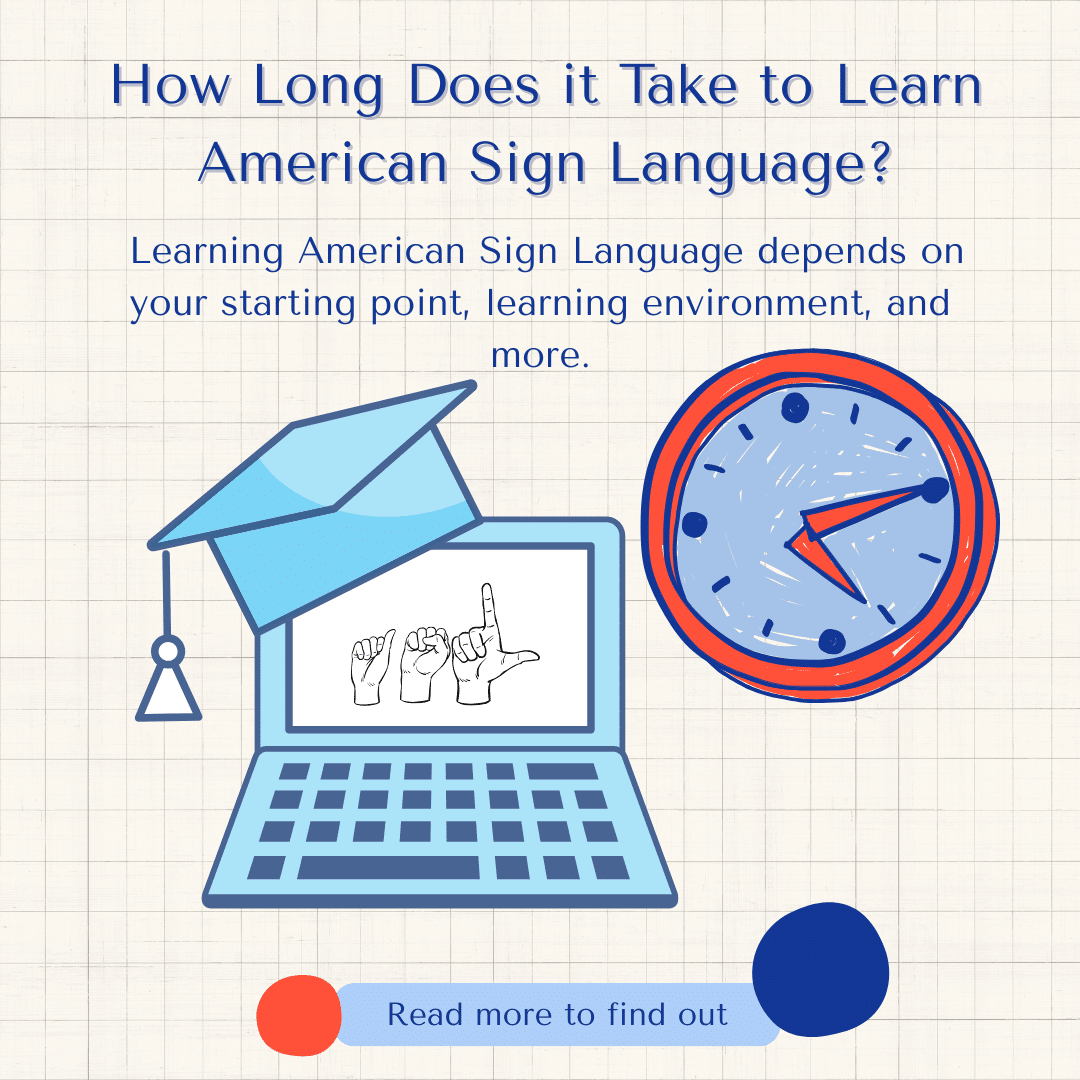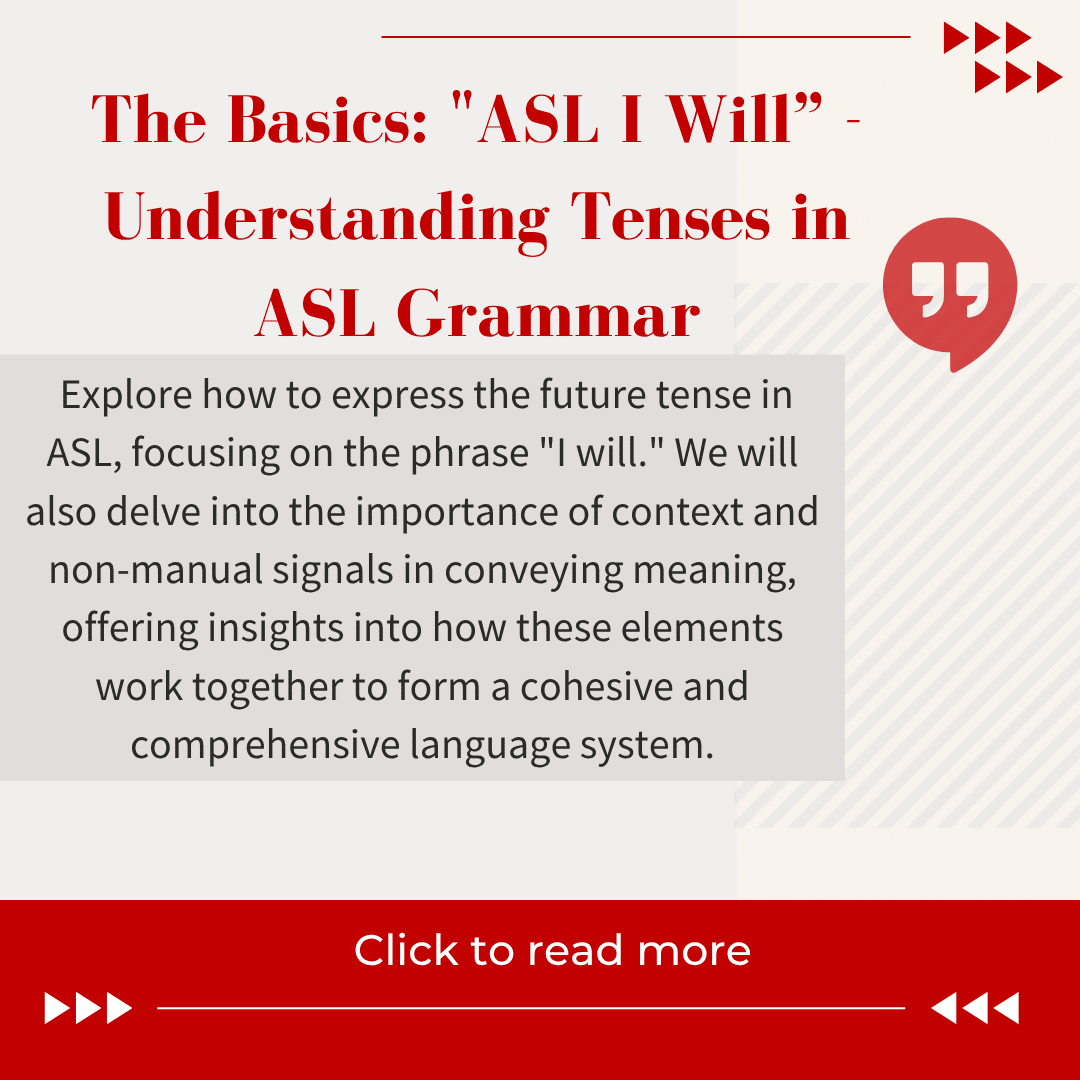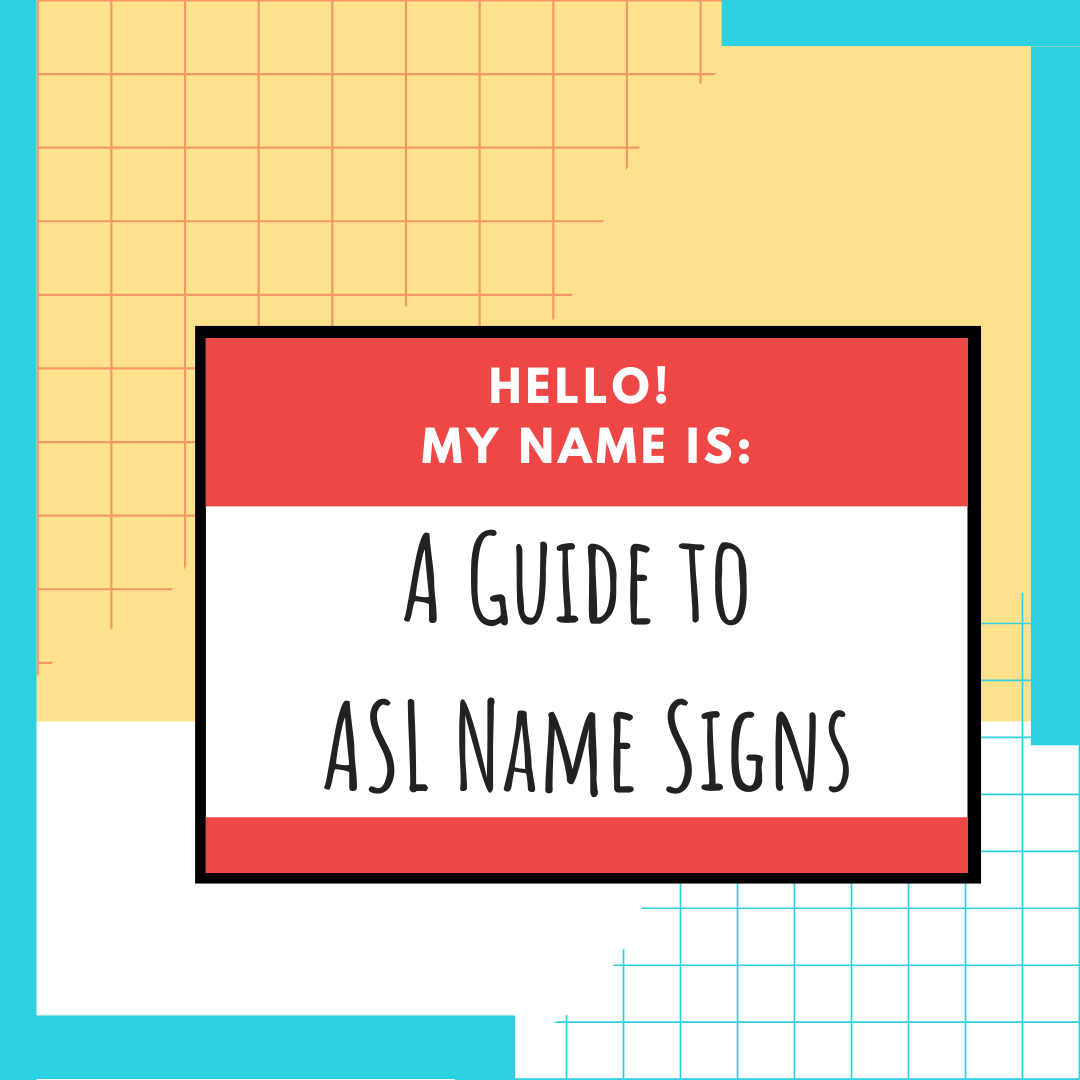
Certified Deaf Interpreter Interprets at Coachella Festival
- by Katelyn Cheng
![CDI [Photo Credits: https://www.scrid.org/deaf-interpreter-FAQs]](https://www.startasl.com/wp-content/uploads/elementor/thumbs/CDI-psyxdx850b2vbyx5qxt5mcd6ug0g0bodzsfn0tna4g.png)
Coachella Valley Music and Arts Festival is one of the biggest events where people go to enjoy music and good vibes. It is from Friday, April 15 and ends on Sunday, April 24. There are hearing interpreters, but there are also Certified Deaf Interpreters (CDI). A CDI named Branton Stewart attends Coachella to perform and interpret the songs. He also shares his thoughts of CDIs interpreting at music festivals or concerts.
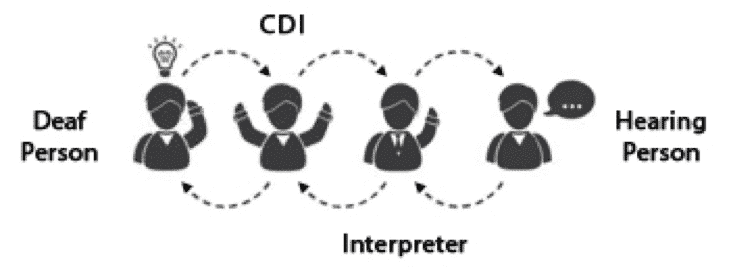
- in court, where a person could be wrongly convicted
- by the police when interviewing victims, witnesses or suspects who are deaf
- in mental health settings, where clear and accurate communication assists professionals in determining correct diagnoses, medication or other interventions
- in news briefings which provide critical updates to the public
- by Children’s Aid Society workers to ensure children are thoroughly protected
Deaf interpreter and CDIs have different credentials. To become a Certified Deaf Interpreter, one of the certificates provided by Registry of Interpreters for the Deaf (RID). A person who possess CDI certificate has passed both knowledge and performance portion of the exam as well as meeting other requirements such as:
- audiogram or letter from audiologist
- proof of 40 hours training
8 Hours – Introduction to Interpreting
8 Hours – Process of Interpretation
8 Hours – NAD-RID Code of Professional Conduct
16 Hours – Elective(s) of your choice - proof of an associate degree (the requirement will be changed to a bachelor’s degree six months after the new CDI Performance Exam is available for test administration)
- CDI Knowledge Exam
- CDI Performance Exam
Mandy Slater, an ASL interpreter, shares an example in her interview of when the Deaf person went to the doctor’s. The doctor told the Deaf patient, “Do not eat red meat.” The hearing ASL interpreter translates exactly what the doctor said, “Do not eat red meat.” Then the interpreter interprets to the doctor what the Deaf patient said, “My cholesterol is high. Why is that?” The doctor asked, which was translated verbatim, “Do you still eat red meat?” The Deaf person responds, “When I cook it, it is not red, it is brown.” That is an example when there was a language conflict between the doctor and the Deaf patient because the Deaf patient took it literal that “red meat” meant the color of the meat not “red meat” meant steak or hamburger. However, when a CDI was put in the situation and the CDI explained that “red meat” meant steak or hamburger and the Deaf patient immediately understood. Watch the short clip below until 19:30.
You can read more information about CDIs here.
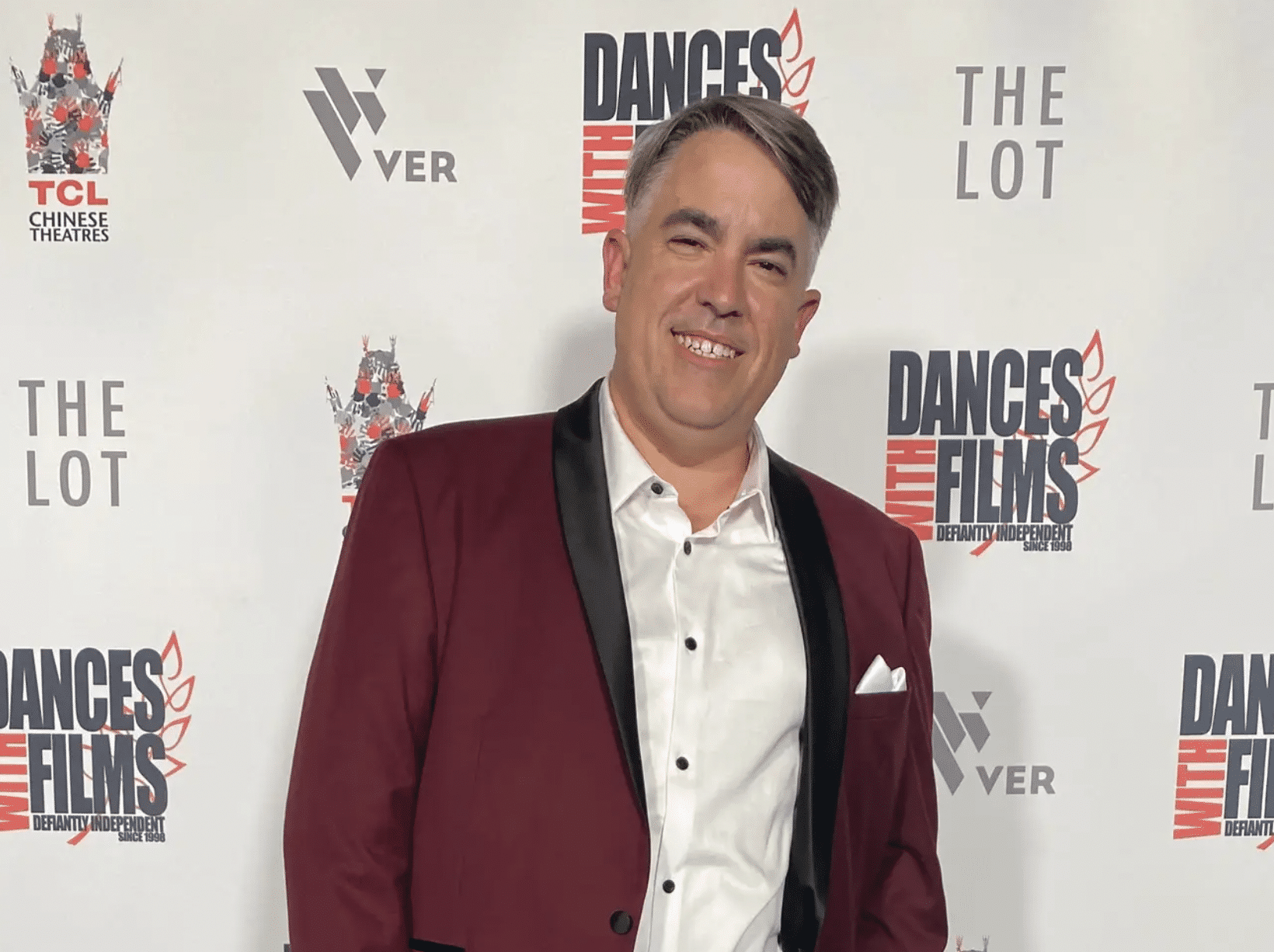
Deaf people enjoy music just like everyone else. They may not necessarily hear the music, but they can feel it. Also, keep in mind that there are different ranges of deafness. It can range from profoundly deaf to mildly deaf. It also can depends of the deaf person wears hearing aids or cochlear implants. People who have input of sounds are able to enjoy listening to the music. Branton mentioned, “It is amazing to see the number of Deaf interpreters increasing at music festivals, concerts, and other events. It is kind of like a Deaf person interpreting for another Deaf person’s native language, and I think it is wonderful.”
If you recall to when Los Angeles Rams and Cincinnati Bengals were the final teams to play at the Super Bowl and a glorious victory when the LA Rams won. This was the first time that Deaf performers were invited to perform during half-time. The first one was Deaf rapper and founder of DPAN.TV, Sean Forbes. The second was a Deaf writer, rapper, and performer, Wawa. The third performing was Deaf actress, Sandra Mae Frank best known for her most recent role on New Amsterdam. Sandra Mae Frank signed the national anthem and “America the Beautiful” at the beginning of the game. Sean Forbes and Wawa geared up to sign in ASL the performances by Eminem, Snoop Dogg, Mary J. Blige, and Kendrick Lamar songs. Branton’s performance as a CDI and these Deaf performers deliver the same service for the Deaf community by creating an accessible performance that Deaf people can engage and enjoy. The only difference is CDIs are certified provided by Registry of Interpreters for the Deaf (RID). CDIs are usually interpreting for a or group of Deaf people. They are interpreting as a job as well as serving that equal accessibility for the Deaf community. On the other hand, these Deaf performers – Sean Forbes, Wawa, and Sandra Mae – are entertainers. You can read more about the three performers at the Super Bowl here.
American Sign Language involves a lot of facial expressions and body language. Hearing interpreters may not deliver the expression of the face and body as well as a CDI because hearing people are naturally not as expressive as Deaf people. Perhaps, one day when you go to a concert or music festival, you might run into a CDI and watch them perform. It brings you to connect and drown with music even more when you visually see the expression of the songs.
Start Learning ASL Today!
 Ready to start learning real American Sign Language and not just basic signs? Do you want to be a part of the vibrant Deaf community? Check out our Free ASL 1 Course or our Complete 4-Level ASL Course options and start learning ASL today!
Ready to start learning real American Sign Language and not just basic signs? Do you want to be a part of the vibrant Deaf community? Check out our Free ASL 1 Course or our Complete 4-Level ASL Course options and start learning ASL today!

